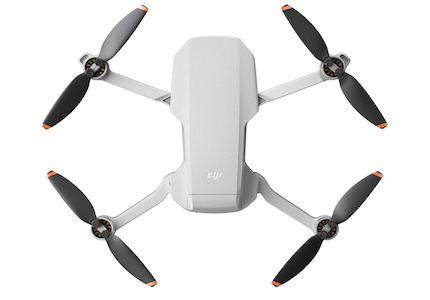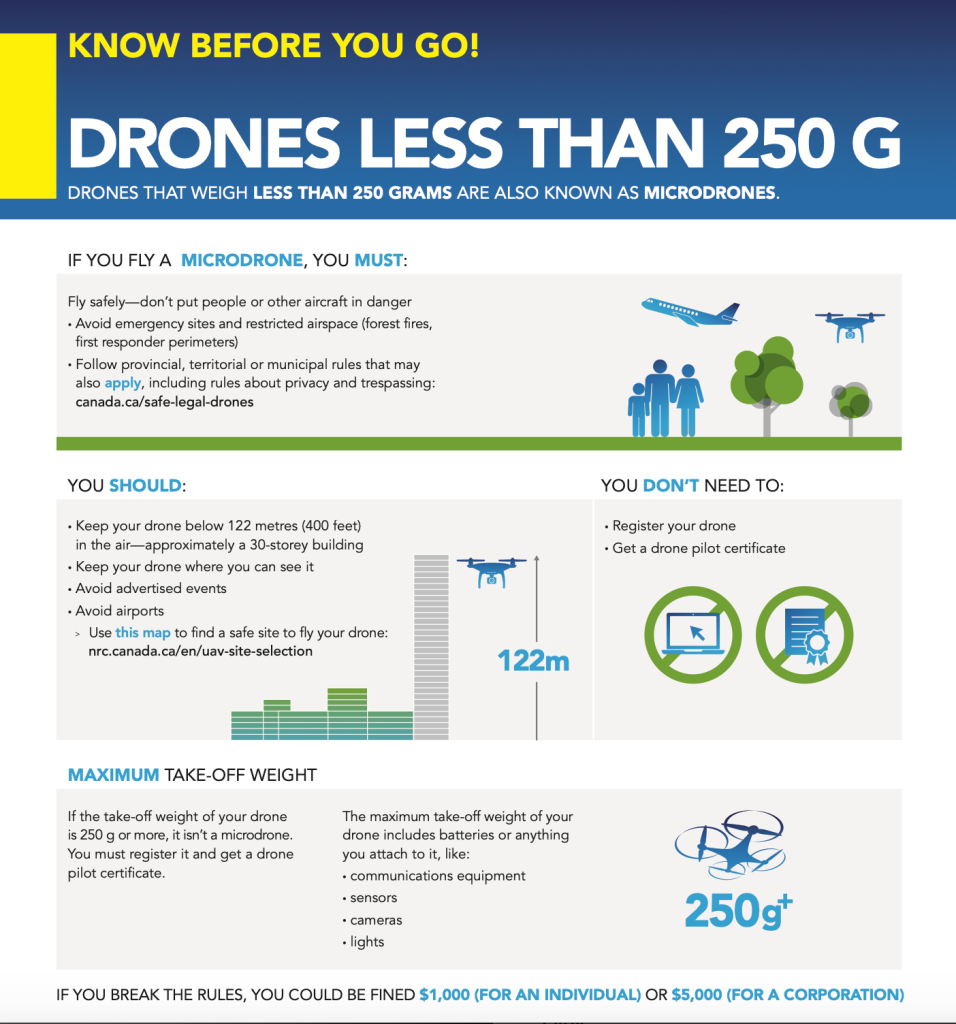
The Navy is developing a new unmanned aircraft system to replace manned fighter jets. The MQ-25A Stingray, a multi-purpose unmanned aircraft system that can carry refueling systems underneath its wings, is an example of a multi-purpose drone. These drones can be used to take the tanker duties off manned F/A-18 fighters and indirectly increase carrier airwing striking power. These unmanned aircraft systems are not yet certain of their future.
MQ-4C Triton unmanned aircraft system
The Navy intends to send two MQ-4C Tritons, one to Guam, by the end 2018 to increase its presence in the Western Pacific. This deployment was first announced in April 2018. However, the Navy had to halt operations due to the September 2018 crash of the first Triton. The program is expected to begin flying again in 2019.
Blue Water Maritime Logistics UAS design
The US Navy has selected Skyways, a Texas-based company, as the 2019 recipient of the other transaction authority award. This award was for their Blue Water Maritime Logistics UAS Concept. The aircraft's folding wings will allow the aircraft to fold away once it takes off and before landing, providing better handling and storage capabilities. Skyways was awarded the award after Boeing was initially considered. The drone's innovative design has already been noticed by the industry, and could one day be part or all of the future Navy fleet.

MQ-25A Stingray
The MQ-25A Stingray, a prototype Navy tanker is in development and is expected to reach initial operational capability by 2025. Because of its horizontal design and round wing-body configuration, it is less susceptible to enemy radar detection. Its ability land at sea, and high survivability make it a better choice than fixed-wing tanksers for long-range missions.
UXV Drone Carrier Warship
The UXV Drone Carrier Warship design is interesting but it's not practical. Is it really worth having a half-flattop warship and a drone deck? The theory behind it is already useful. Is it even feasible? Is it possible? If so, how will it fit in the Navy's current fleet? What amount of budget will it need to be able to do this?
MQ-8Bs and CS
The MQ-8B & C are navy-drones. They are equipped with anti-submarine warfare equipment and can perform large-area multistatic acoustic searches. However, the Navy intends to replace the MQ-8C by a newer version. The Navy's initial fit test was conducted aboard the USS Anchorage. The MQ-8C's aircraft frame is based on a Bell 407-sized commercial aircraft. Most of the B version's Avionics are retained. It can land on any aviation-capable ship, including unprepared areas. The MQ-8C is equipped with a brand new radar system. The new aircraft is expected to be ready for deployment in the summer.

Laser light weapon
The progress of the Navy's laser weapon systems has been remarkable. From thirty kilowatts in 2014 to 150 kilowatts in 2020, the Navy is more than halfway there. The all-electric weapon will not require propellants or ammunition, and will be operational for as long as the ship has power. The electric laser weapon, unlike its chemical cousins, has many advantages.
FAQ
Traveling with a Drone?
Drones are increasingly becoming popular both for personal and commercial use. They are used for video, filming aerial mapping, search &rescue, and many other purposes. A number of new regulations have been approved by the FAA for drones. These include registration, licensing, pilot training and insurance. These changes will ensure that drones continue to be safe for all.
What laws govern flying drones in the United States?
The Federal Aviation Administration (FAA), regulates drone operations in the United States. First, you need to obtain a FAA certificate in order to operate a drone commercially. Next, you will need to complete a course in flying skills and pass an exam. You will then need to pay an agency fee.
What are the rules for operating drones?
Register your drone with the FAA. The registration process involves providing information about your drone, such as its weight, size, battery power, and frequency. You will also need to get an FAA identification number.
What is the law regarding drones flying over private property
Recently, the FAA released new rules for commercial drone operations. These rules only apply to UAVs less than 55 lbs and lower than 400 feet above the ground. Commercial operators must register at the FAA and apply for a license. Local authorities must also approve them if they are operating near airports or in other restricted areas.
Are drones allowed at public events?
As long as you comply with the rules, drones can be flown anywhere. You will need to get approval from event organizers if your drone is going to be flying during public events such as a parade, festival or concert.
Is it safe to fly a drone while driving?
Drone flying while driving can be dangerous as you may collide with another vehicle or object. Also, you could hit pedestrians or animals. In addition, you could damage your car by hitting power lines, trees, or buildings.
Can someone spy on your with a drone
Yes, anyone can use a drone to spy on you. The only way to protect yourself from drones is to be aware of them and avoid areas where they may fly. If you notice a drone flying around, call 911 immediately.
Statistics
- According to industry research from ZipRecruiter , there are 10 cities where the typical salary for a Drone Pilot job is above the national average. (dronesgator.com)
- With the top 10% making over $100/h and the bottom 10% making as low as $10/h. (dronesgator.com)
- According to Indeed, a drone pilot gets paid $25.73 per hour on average in the US. (dronesgator.com)
External Links
How To
How to Fly Drones at a Beginning Level
A drone is an unmanned aerial vehicle that can be remotely controlled and used for surveillance, aerial photography, film production, research, and other hobby purposes. The technology behind drones has been around since World War II. DJI's Phantom series quadcopters were first commercially available in 2010. There have been many drones made since then. These range from beginner-friendly drones like Parrot AR Drone 2.0 to more advanced multi-rotor craft like DJI Mavic Pro.
There are several ways to fly a drone, including;
-
Remote control: This uses a remote control device that attaches to your hand and allows you control the drone along its flight path. There are two main types of controllers: On/Off switches (like a radio) and joysticks.
-
Manual Control- This allows you to control your drone remotely via GPS coordinates. The app will give you instructions.
-
Autonomous flight - The drone takes over the piloting duties. It allows the drone to fly independently without any human intervention. For the autonomous flight to occur, the drone must have a built-in camera and sensors capable of capturing images and data.
-
Triggered Flight: This is similar in concept to manual control. The pilot manually creates a route and the drone then follows it until it reaches that endpoint. Once the programmed route is completed, the drone lands automatically and returns back to the base.
-
Landing Gear- Some drones include landing gear that allows for safe landing if the power goes out or they run out of batteries.
-
Goggles-Some pilots use goggles to protect their eyes from debris during operations.
-
Camera - Certain drones come with cameras that allow you to take photos and videos from high above.
-
Obstacles-Some drones come with obstacle avoidance devices that keep them from hitting obstructions.
-
Speed - Some drones can travel at speeds over 40 mph.
-
Battery Life - Most drones can last between 20 minutes to 3 hours, depending on how much power you're using.
-
Some drones are capable of traveling up to 30 miles depending upon their make and model.
-
Power source – Some drones require external power sources, others require internal batteries.
-
Weight - Some drones have a weight of less than 1 pound and others weigh 4 lbs.
-
Size - The size of drones varies from small, easily carried devices to more substantial crafts that weigh in excess of 50 pounds.
-
Price - High-end drones can go for thousands of dollars, while low-cost models start at $100.